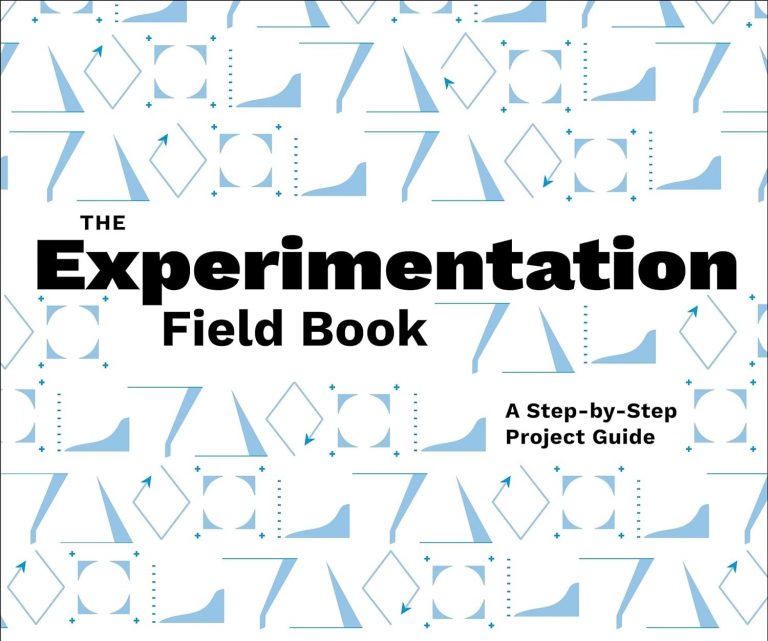Visualisations in service design

Service design is a relatively new field which has its roots in the design field, but utilises knowledge from other disciplines focusing on services as well. The service design field can be described as a maturing field. However, much which is considered knowledge in the field is still based on anecdotes rather than research. One such area is visualisations of insights gained throughout the service design process. The goal of this thesis is to provide a scientific base for discussions on visualisations by describing the current use of visualisations and exploring what visualisations communicate. This is done through two different studies.
The first study consists of a series of interviews with practicing service designers. The results show that all interviewees visualise their insights gained throughout the service design process. Further analysis found that there are three main lines of arguments used by the interviewees in regard to why they visualise; as a tool to find insights in the material, to keep empathy with users of the service and to communicate the insights to outside stakeholders.
The second study analysed six visualisation types from actual service design projects by service design consultancies. Four different frameworks were used to analyse what visualisations did, and did not, communicate. Two of the frameworks were based on research in service design; the three reasons to visualise as stated in the interviews in study 1 and a framework for service design visualisations. The two frameworks were adapted from other service disciplines; what differentiates services from goods (the IHIP-framework), and a framework focusing on service as the base for all transactions (Service Dominant Logic). It is found that the visualisation types in general are strong in communicating the design aspects of services, but that they have problems in representing all aspects of service as identified in the service literature.
The thesis provides an academic basis on the use of visualisations in service design. It is concluded that it seems like the service design community currently sees services as being not-goods, a line of thought other service disciplines have discarded the last ten years and replaced with a view of services as the basis for all transactions. The analysis highlights areas where there is a need to improve the visualisations to more accurately represent services.
(via InfoDesign)



